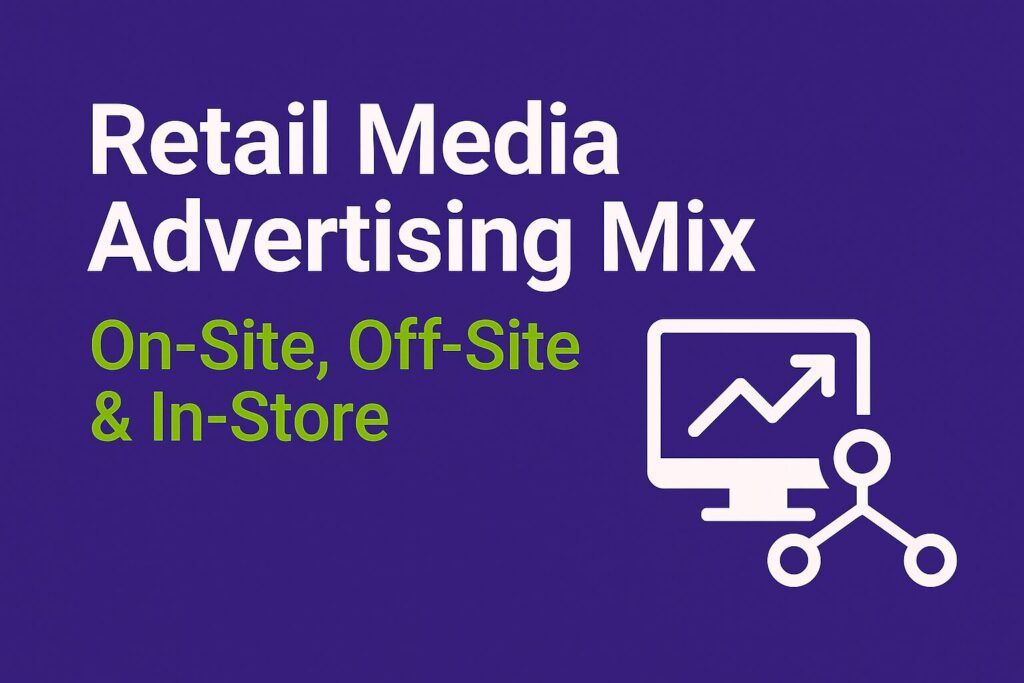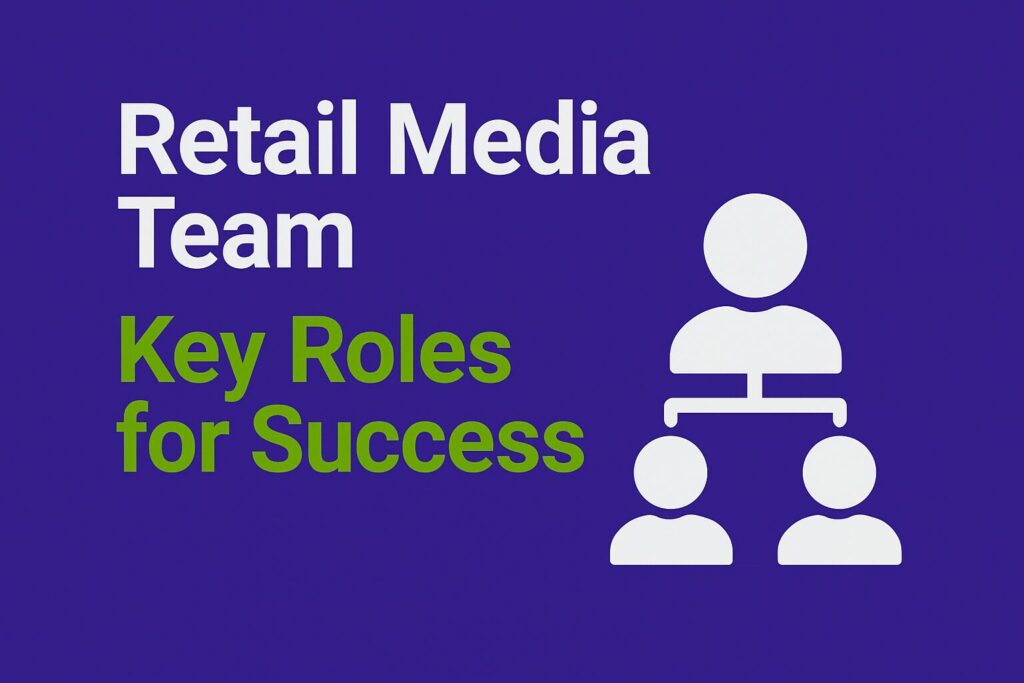A campaign doesn’t end when the ads go live—it’s just getting started. Closed-Loop Reporting completes the cycle by tying every dollar of ad spend back to actual sales, enabling marketers to measure ROI, refine attribution, and demonstrate true incremental lift.
As eMarketer points out, pairing Retail Media with CTV unlocks richer closed-loop measurement for full-funnel insights. Meanwhile, HubSpot emphasizes how closed-loop reporting eliminates guesswork and fuels growth-oriented decisions.
1. What Is Closed-Loop Reporting?
Closed-Loop Reporting integrates advertising and sales data to show which campaigns drove which purchases. Instead of relying on last-click models, it links ad-server logs, e-commerce transactions, and CRM records to deliver cross-channel attribution with precision.
For a deeper understanding of how closed-loop systems connect marketing efforts to real sales outcomes, see How Closed-Loop Marketing Works by HubSpot.
2. Why It Matters
- Accuracy: Moves beyond estimated impact—relies on real sales outcomes.
- Accountability: Measures incremental lift directly attributable to media.
- Optimization: Surfaces underperforming SKUs and ad creatives for rapid iteration.
For budget strategies aligned with closed-loop metrics, revisit Retail Media Budget Allocation: iGRP vs ROAS.
3. Key Components of a Closed-Loop System
- Data Integration: Sync data across your ad servers (e.g., Amazon DSP), marketplaces, and CRM platforms.
- Attribution Models: Leverage geo-testing or control groups to isolate impact.
- Dashboards & KPIs: Track performance through live dashboards showing iGRP, incremental ROAS, and sales lift.
- Governance: Establish a consistent review cadence with internal and external stakeholders.
4. Step-by-Step Implementation
a) Map Your Data Sources
Outline each platform—from order feeds to loyalty systems—and ensure secure, compliant data flows.
b) Define Your Test Design
Set up control regions (e.g., 5% of stores) to measure lift versus exposed audiences.
c) Build Your Dashboard
Use tools like Tableau or Looker Studio to visualize reach, conversion, and revenue data in a unified view.
d) Review & Optimize Weekly
Pause low-performing SKUs, double down on high ROAS segments, and adjust bids accordingly.
Want to explore in-house DSP strategies? Read: In-Housing Programmatic: 2025 Retail DSP Guide.
5. Example in Practice
Brand Y tested closed-loop reporting via Amazon and Walmart Connect, isolating 10% of their regions as a control group. The result? A 35% true incremental lift in sales during their summer campaign—far above the 22% reported by last-click attribution—prompting a 20% budget shift to top-performing SKUs.
Conclusion
Closed-Loop Reporting turns guesswork into actionable insights. It’s not just measurement—it’s a strategic lens for maximizing return on every retail media dollar.
This is post #12 in my Retail Media Mastery series. Stay tuned for post #13, where we’ll explore how to track offline lift through Digital-In-Store activations.
Senior E-commerce & Retail Media Leader with 8+ years across Amazon and leading marketplaces. Focus on full-funnel strategy, programmatic retail media, and international media governance. Sharing frameworks and operating models for growth.



